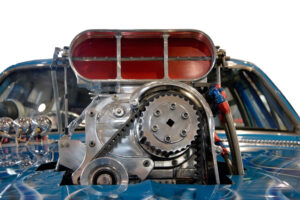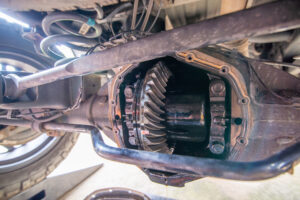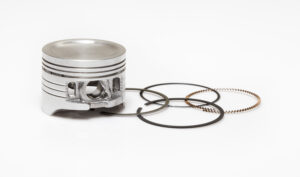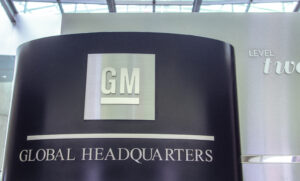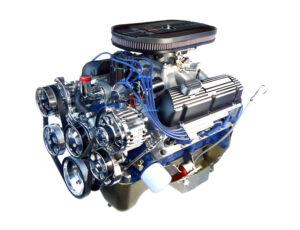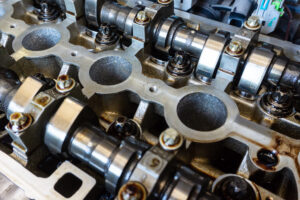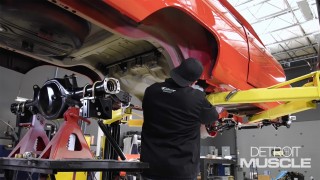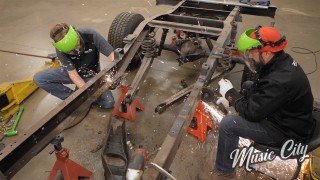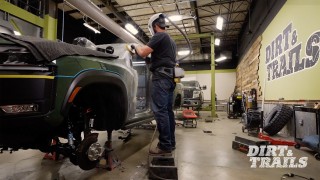How To Interpret Dyno Results
When Engine Power co-hosts, Mike and Pat, are planning an engine for a project the engine itself and its components depend on what type of vehicle it’s going into. For example, a full-bore drag race engine will be very different than a high-performance street engine or daily driver.
When engines are dyno-ed there is often focus on peak horsepower and torque numbers. Those numbers are useful in understanding how an engine will handle its application. However, it’s equally important to look at the overall power band and operating range of the engine.
By interpreting these dyno results you get a better understanding of your engine. To illustrate this, here are two big block engine combinations for two separate applications.
First up is the engine from Project Pro Street or No Street, the Chevy Nova. It’s a 588ci big block Chevy that’s a purpose-built race engine with high compression designed to operate in a very narrow range between 5,500 and 7,000 RPMs. From looking at the dyno graphs, you can tell it performs well. Peak torque is at 6,200 and only falls off slightly at the end of the pull. The higher you make peak torque, the longer it will carry horsepower which is perfect for drag race applications. Speaking of horsepower, it increases throughout the entire operating range with no fall-off at all.
Drag car engines live at high RPMs so having the power and the torque at the upper range of the power band is ideal. And while the 588 is a great engine for the strip, it’s not exactly street friendly. It requires distilled race fuel to run and is temperamental at low engine speeds. For a more street-ready yet high-performance bullet, an Olds 455 is a better big-block choice.
This engine is designed to run on pump gas with a broad torque-curve and horsepower in a wider operating range. By looking at its dyno graph you can tell that lower RPM torque is immediate and although it drops off a little more in the upper end compared to the 588, it’s still pulling hard all the way to 6,000 RPM. That strong low-end torque gives it the “rush” during acceleration from a dead stop…and who doesn’t love that?
From 3,000 RPM horsepower builds smoothly with minimal fall-off at the very high end of the operating range. This wide power band makes the car feel fast at any engine speed.
So at the end of the day, it’s not solely about peak horsepower and torque. Be honest with yourself on what your engine is supposed to do and you’ll end up with a better bullet.
